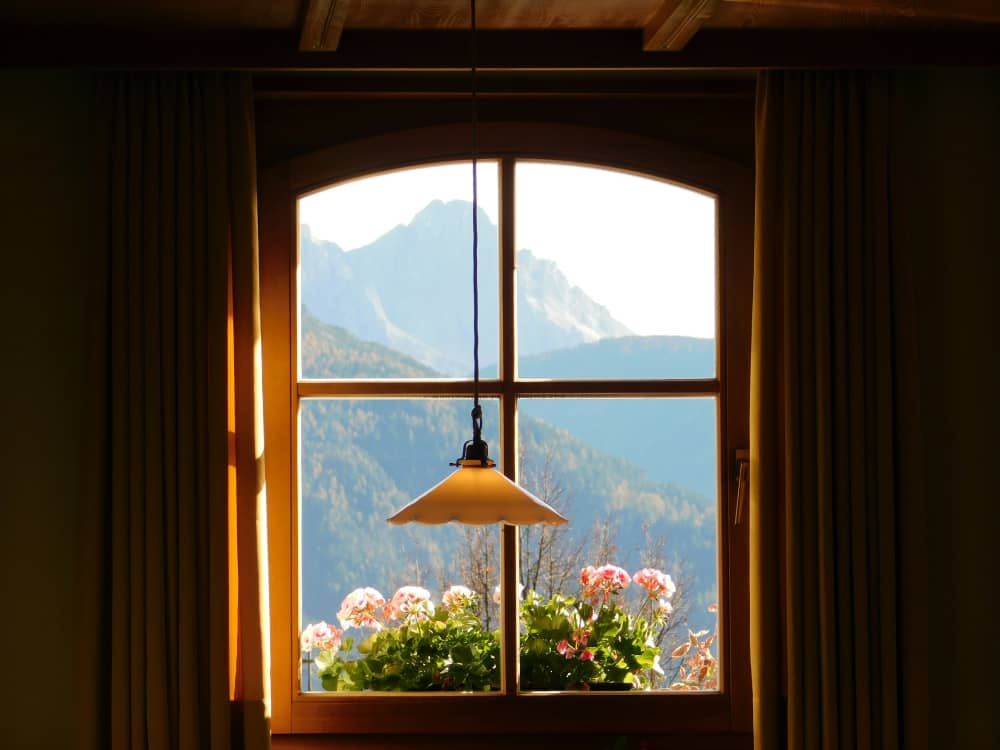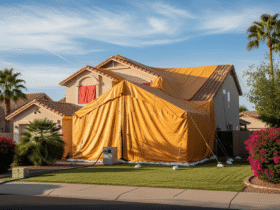As the Bay Area continues to grow, so does the need for sustainable living practices. Sustainable landscape design not only enhances the beauty and functionality of your home but also contributes to environmental conservation. By adopting eco-friendly landscaping techniques, you can create a thriving outdoor space that aligns with the unique climate and conditions of the Bay Area. Here’s a guide to help you achieve a beautiful, sustainable landscape for your home.
Understanding the Bay Area Climate
The Bay Area boasts a Mediterranean climate characterized by mild, wet winters and hot, dry summers. This climate presents both opportunities and challenges for landscape design. During the wet season, your landscape benefits from ample rainfall, while the summer months can bring drought conditions. Understanding these seasonal variations is crucial for creating a sustainable landscape.
Water Considerations: Due to the region’s periodic droughts, it’s essential to implement water-efficient practices. This means choosing drought-tolerant plants and employing water-saving irrigation techniques to ensure your landscape thrives while conserving precious resources.
Choosing Sustainable Plants
Selecting the right plants is a cornerstone of sustainable landscaping. Opting for native and climate-adapted species not only ensures a lower maintenance landscape but also supports local ecosystems.
Native Plants: Bay Area native plants are well-suited to the region’s climate and require minimal water once established. Species such as California poppy, yarrow, and lavender can add vibrant color and texture to your garden while supporting local wildlife.
Climate-Adapted Plants: In addition to natives, consider plants that are adapted to local microclimates. These plants will better withstand environmental stresses and contribute to a more resilient landscape.
Water Conservation Techniques
Efficient water use is vital for a sustainable landscape. Here are some effective strategies to conserve water and maintain a lush garden.
Efficient Irrigation Systems: Installing a drip irrigation system is one of the most effective ways to conserve water. Unlike traditional sprinklers, drip systems deliver water directly to the plant’s root zone, minimizing evaporation and runoff. For added efficiency, consider using smart irrigation controllers that adjust watering schedules based on weather conditions.
Rainwater Harvesting: Capturing and utilizing rainwater is another sustainable practice. Installing rain barrels or a rain garden can help you collect and store rainwater for use during dry periods, reducing your reliance on municipal water sources.
Soil Health and Management
Healthy soil is the foundation of a thriving garden. By focusing on soil health, you can improve plant growth and reduce the need for chemical fertilizers.
Soil Quality: Enriching your soil with compost and organic matter enhances its structure and fertility. Composting kitchen scraps and yard waste not only reduces landfill waste but also provides valuable nutrients for your garden.
Erosion Control: To prevent soil erosion, use ground cover plants and mulch to protect the soil surface. Techniques such as terracing and installing retaining walls can also help manage erosion on sloped areas.
Eco-Friendly Hardscaping
Incorporating eco-friendly materials and design principles into your hardscaping can further enhance the sustainability of your landscape.
Sustainable Materials: When selecting materials for patios, paths, and walls, opt for sustainable options such as recycled stone or permeable pavers. These materials are not only environmentally friendly but also help manage stormwater runoff.
Design Principles: Integrate hardscaping elements with natural features to create a cohesive design. For example, using natural stone and incorporating vegetation into hardscaping can create a seamless transition between built and natural environments.
Wildlife-Friendly Landscaping
Creating a habitat that supports local wildlife can enhance the ecological value of your landscape.
Creating Habitats: Design your garden to attract beneficial wildlife such as birds, bees, and butterflies. Include features like bird baths, pollinator-friendly plants, and bee hotels to provide food, water, and shelter.
Pest Management: Implement integrated pest management (IPM) techniques to control pests sustainably. This approach combines physical, biological, and cultural practices to manage pest populations without relying on harmful chemicals.
Energy Efficiency and Sustainability
Incorporating energy-efficient solutions into your landscape design can reduce your carbon footprint and energy consumption.
Green Energy Solutions: Consider using solar-powered garden lights and water features to reduce electricity use. Solar lights are a sustainable option that also enhances the nighttime beauty of your garden.
Reducing Carbon Footprint: Choose landscape practices that minimize energy consumption, such as using local materials and reducing the need for heavy machinery.
Conclusion
Creating a sustainable landscape for your home involves thoughtful planning and the implementation of eco-friendly practices.
Landscaping is a major project—it’s not a simple DIY task like planning a garden. In the Bay Area, where housing is already expensive, it’s crucial to hire a professional landscaper to avoid costly mistakes. Done right, quality landscaping can even add value to your property. As Sequoia Outdoor’s website puts it perfectly: a good landscaper isn’t just defined by their experience, but by their integrity and care. Find someone who genuinely cares about your property and your project.









